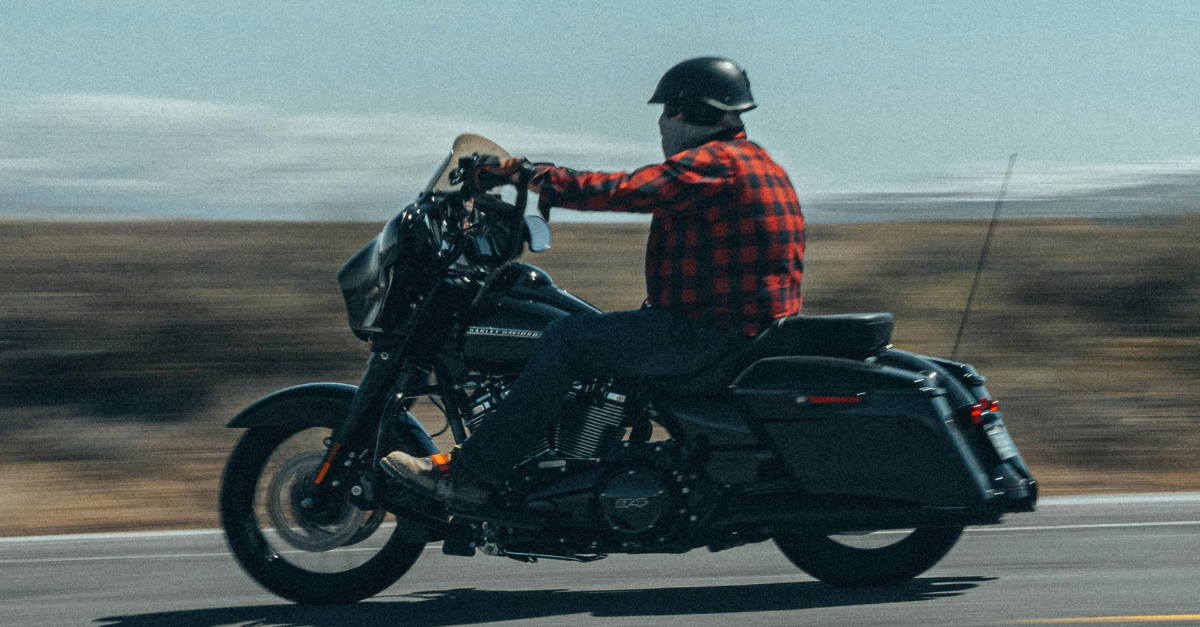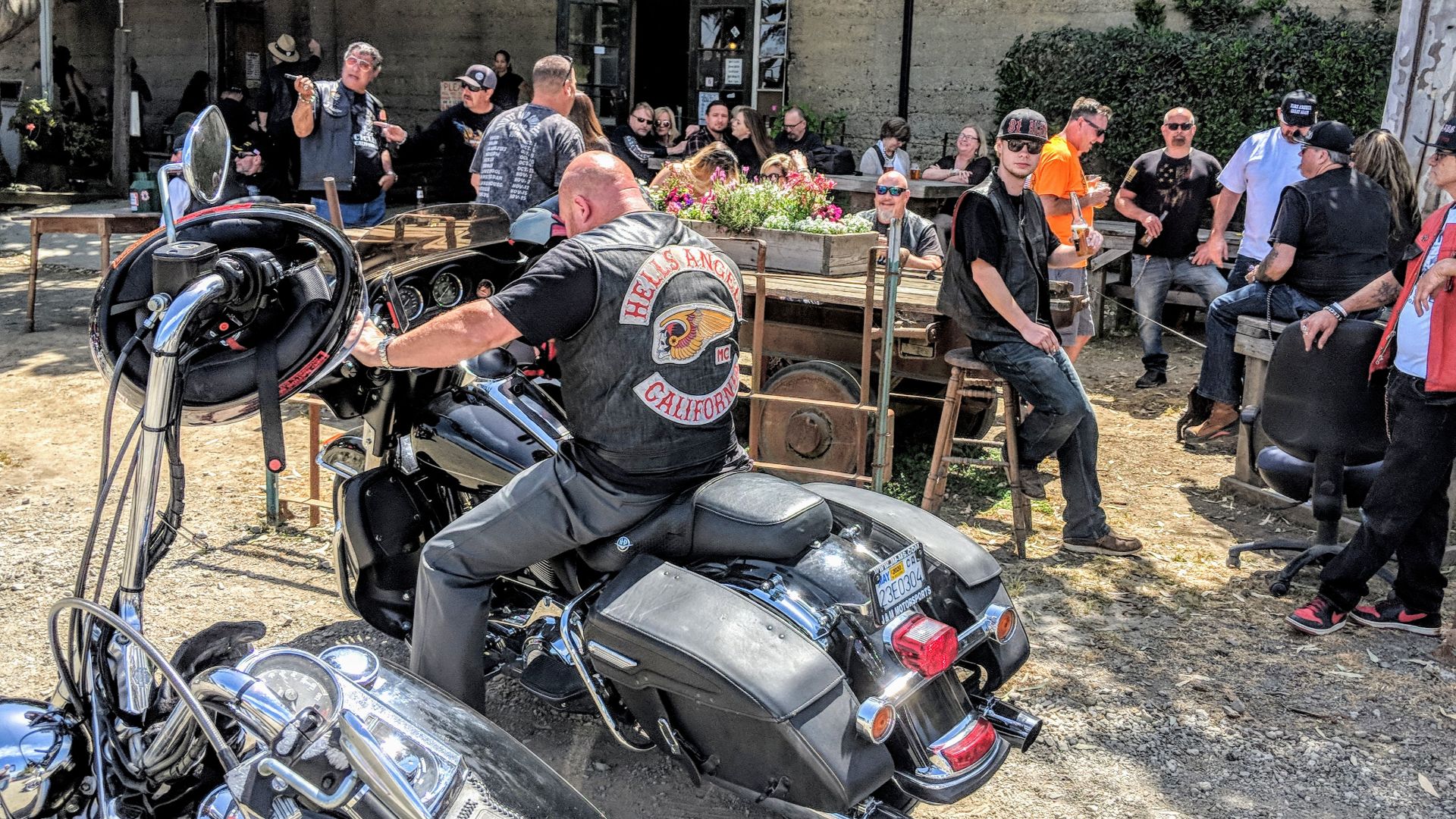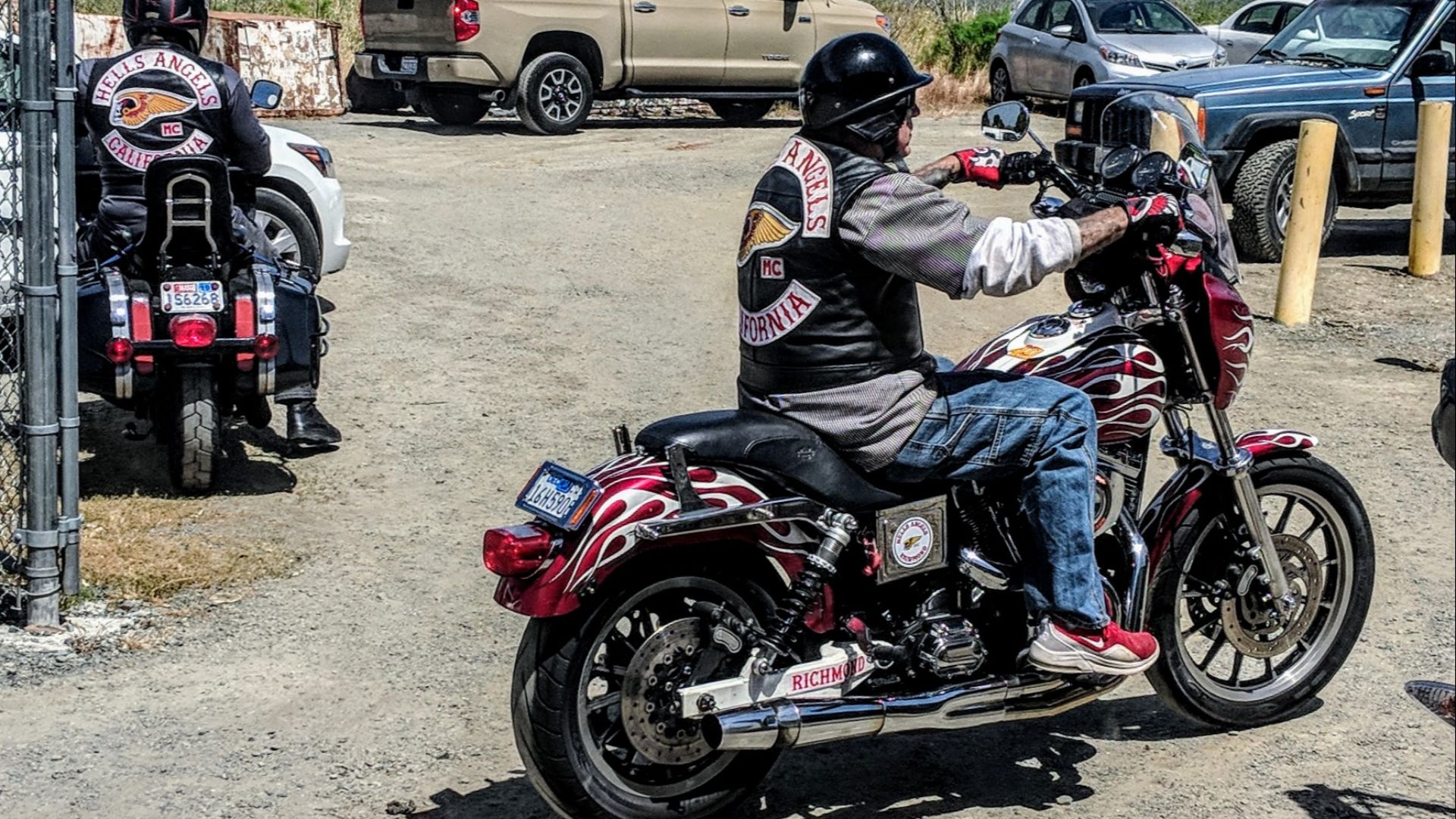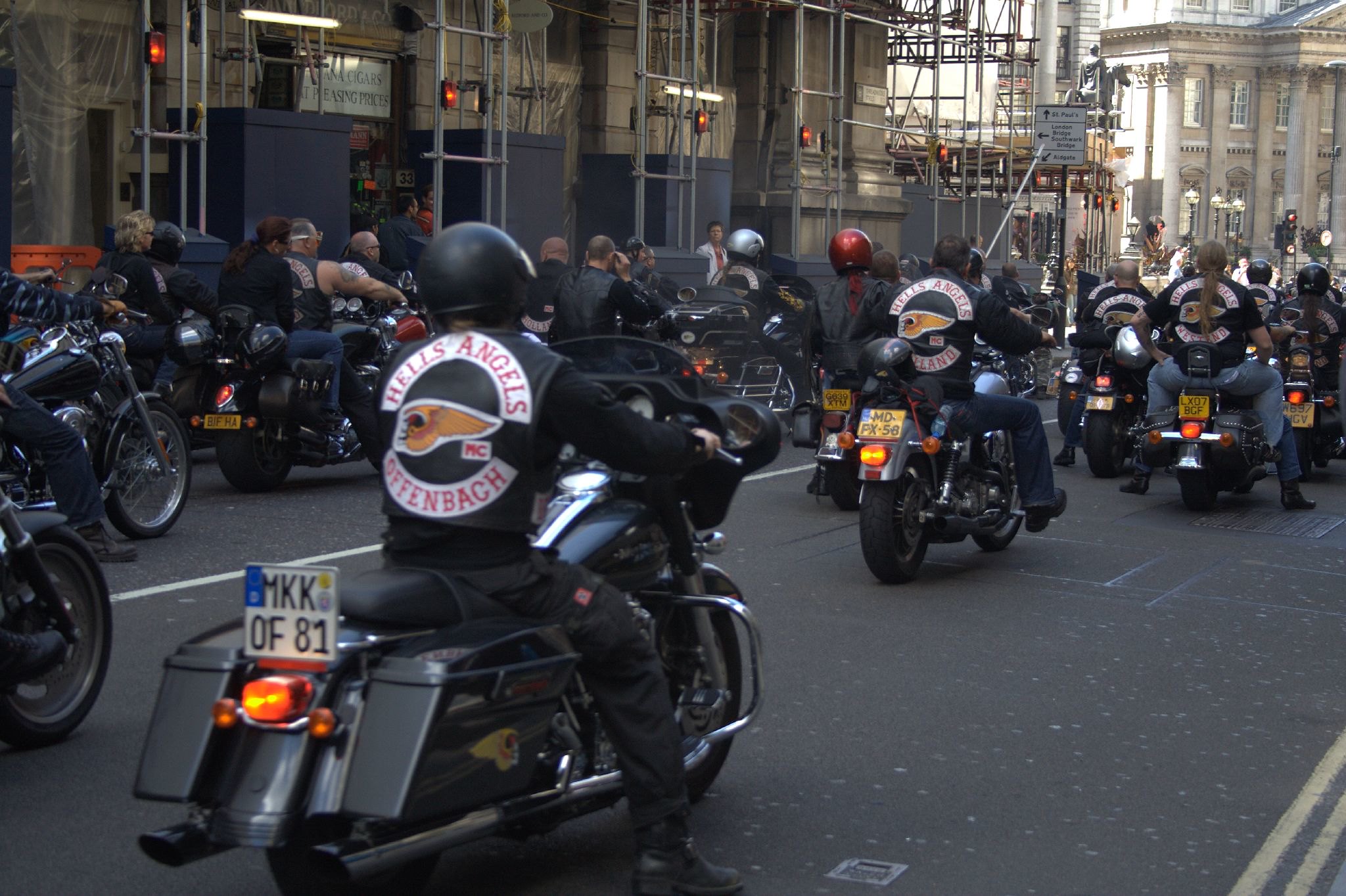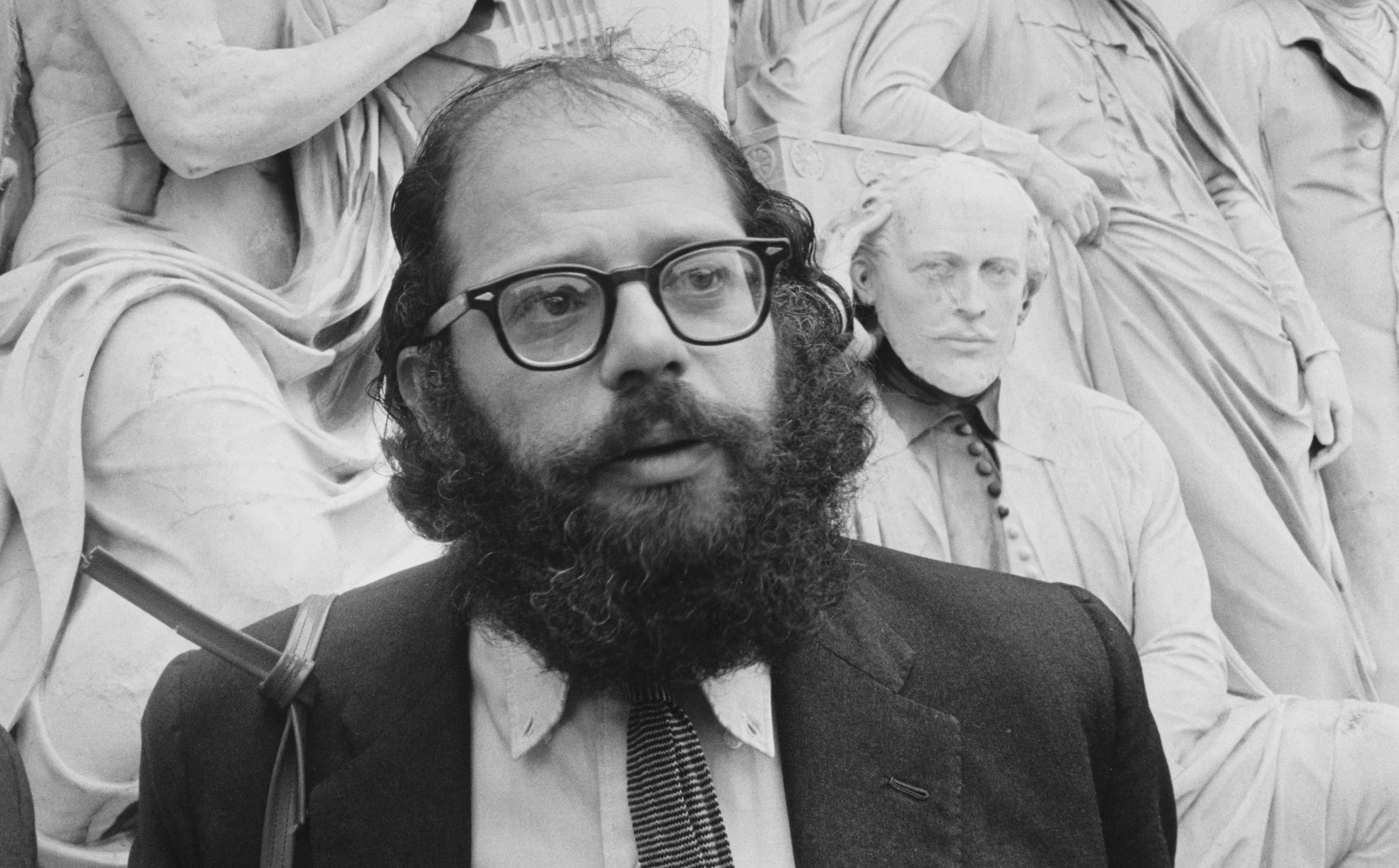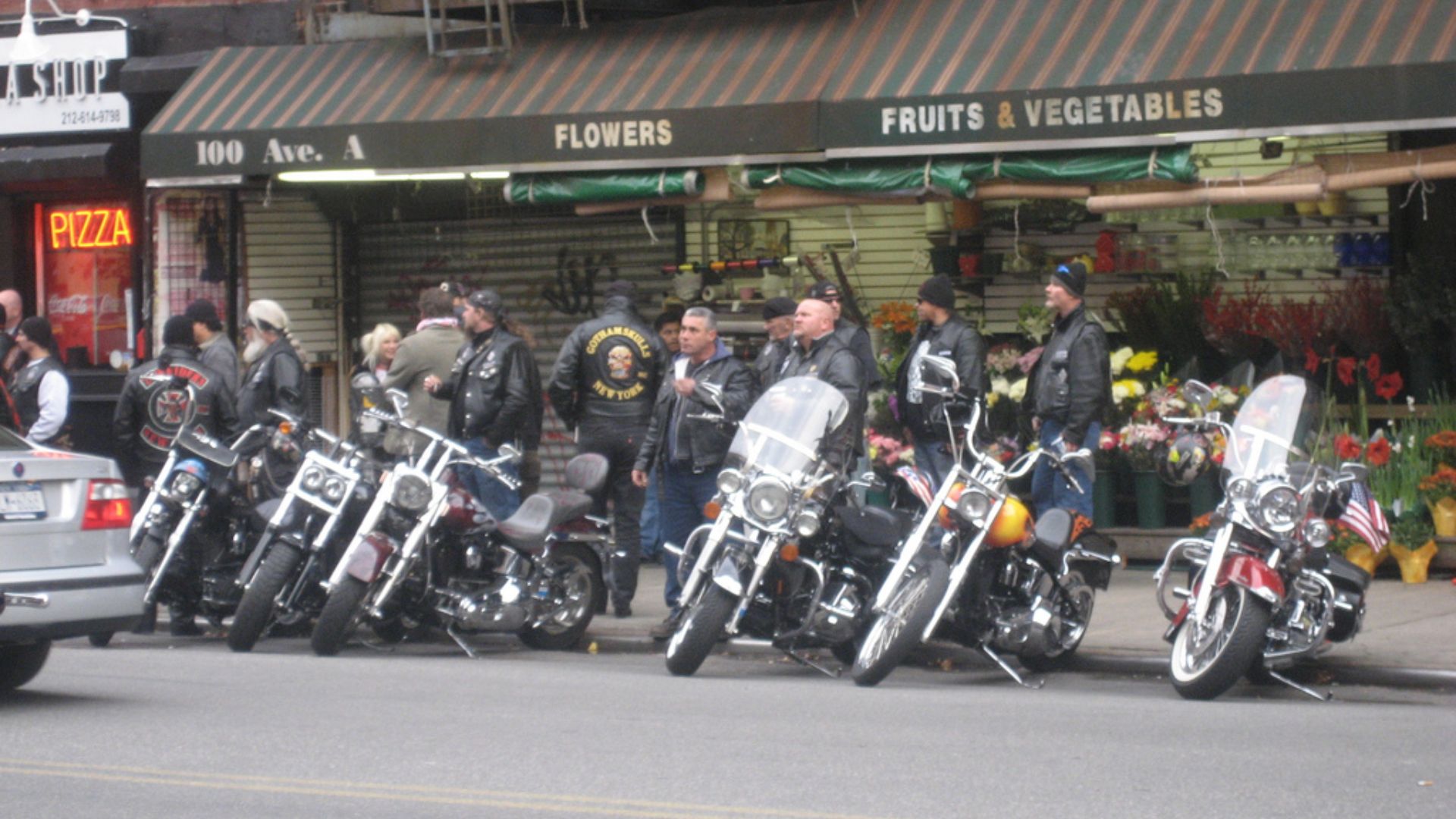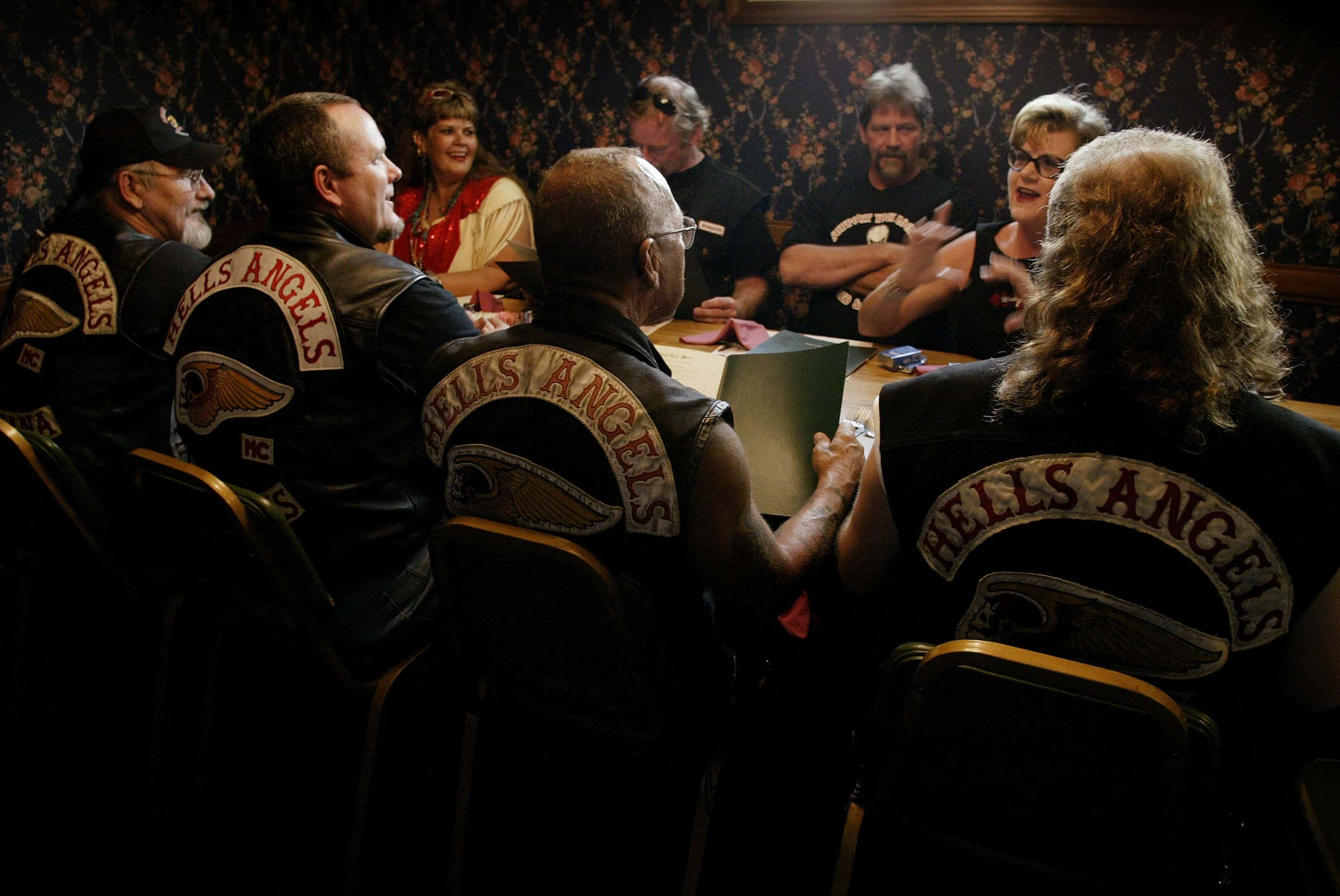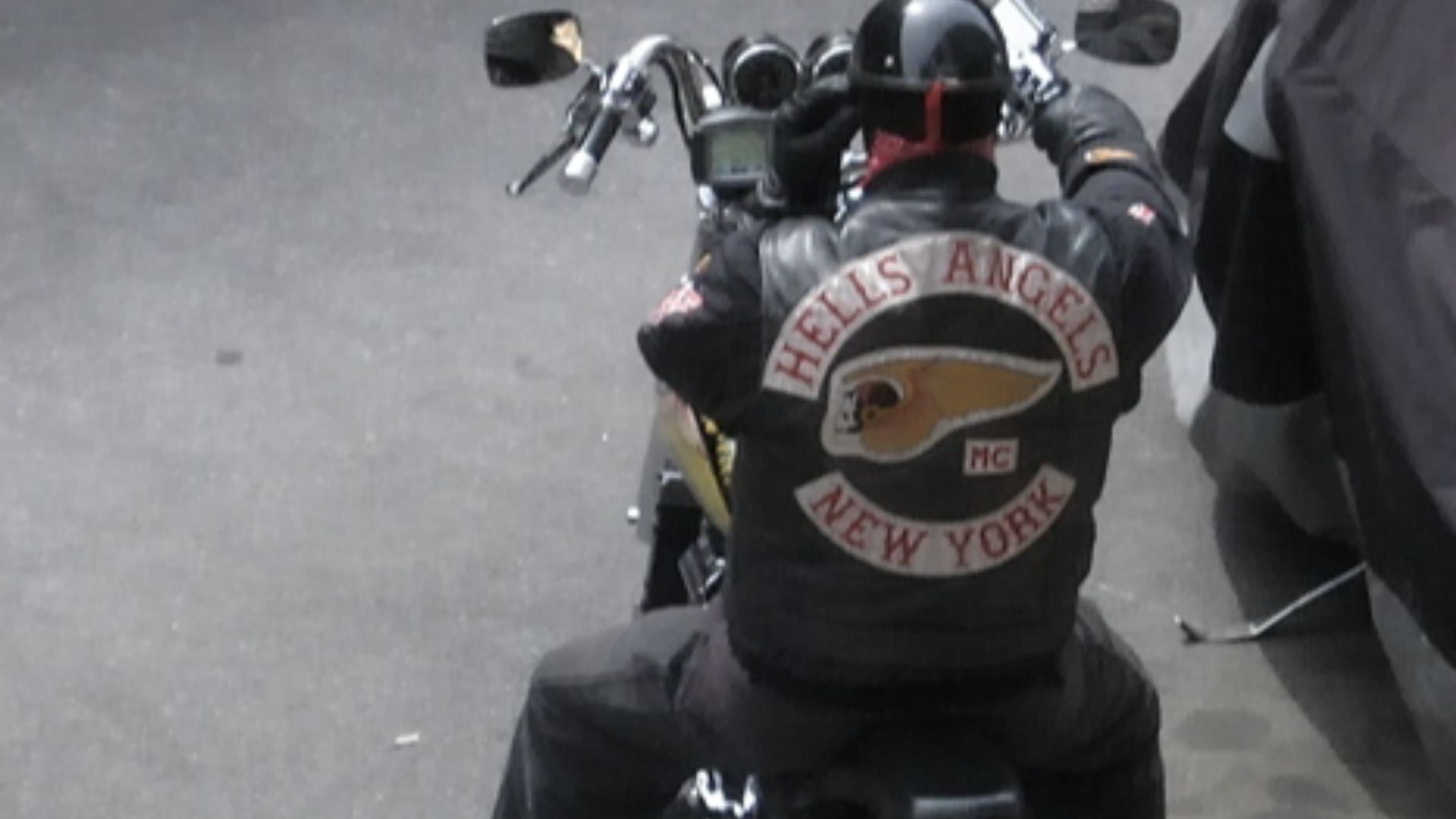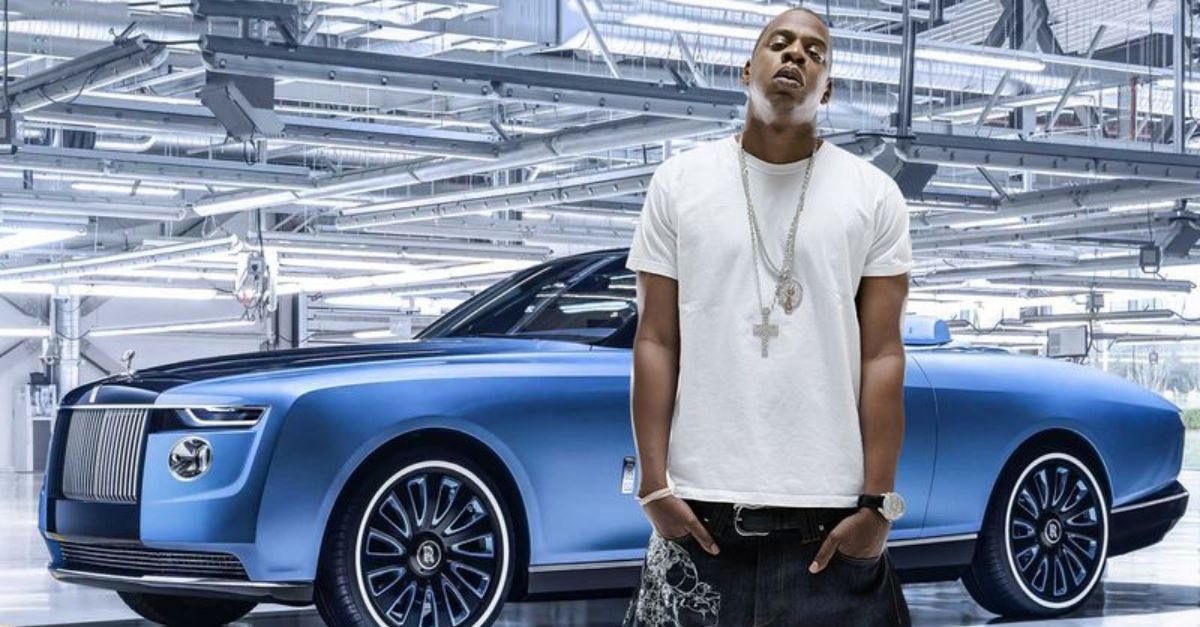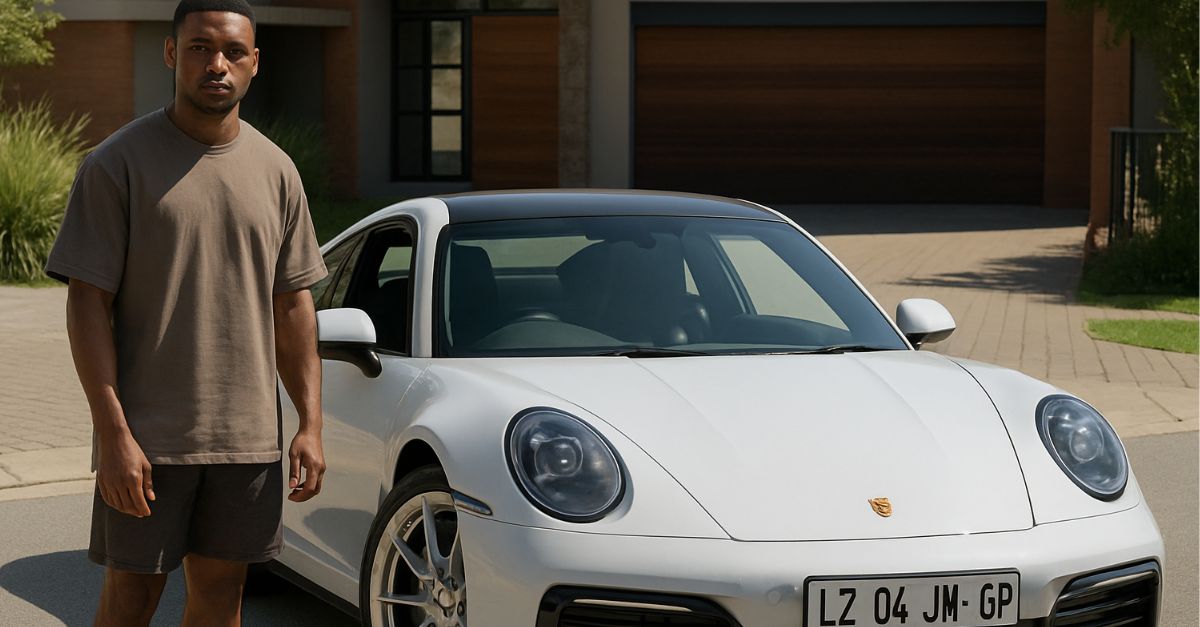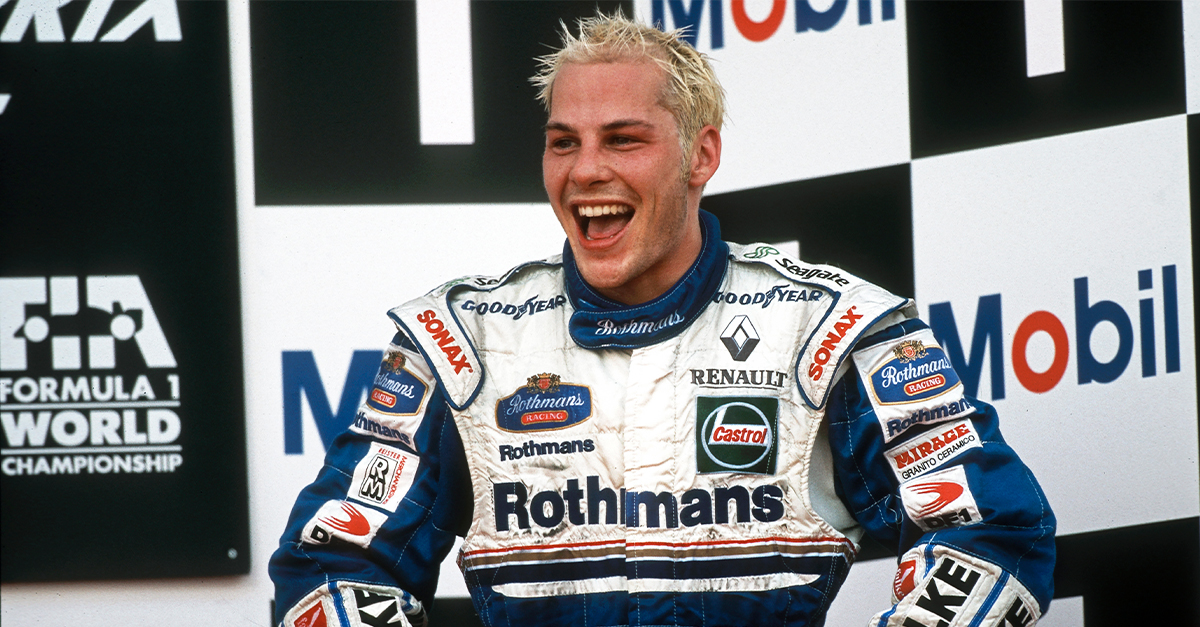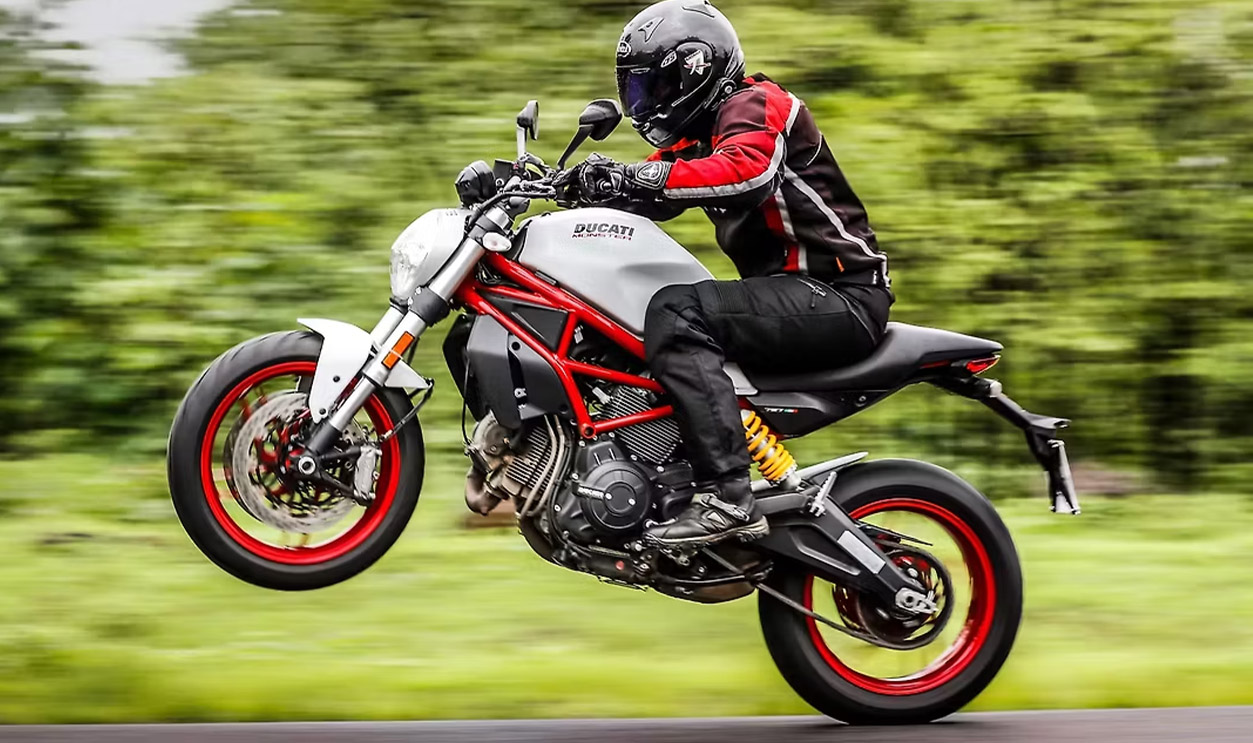When Chrome Meets Myth
It’s hard to imagine the roar of rebellion without picturing a line of Harley-Davidsons tearing down a sunburned highway—each one piloted by a leather-clad figure in red and white. The Hells Angels aren’t just a motorcycle club—they’re a cultural flashpoint where freedom, fear, and fascination collide. From their mysterious beginnings to their fiercely protected insignia, the Angels’ history is a long, loud ride through postwar America and beyond.
Born in the Dust of Postwar California
The group first emerged in California after WWII, when restless veterans and renegade bikers sought brotherhood on the open road. Whether they began in Fontana in 1948 or San Bernardino in 1951, their roots were built on speed, loyalty, and defiance. Their founder, Otto Friedli, reportedly left another club after a feud—proving that independence was part of the DNA from day one.
 Beyond My Ken, Wikimedia Commons
Beyond My Ken, Wikimedia Commons
What’s in a Name?
Their name came from WWIIfighter squadrons nicknamed “Hells Angels.” The missing apostrophe is deliberate—a quiet rebellion even in grammar. To them, the name captured both danger and devotion, a nod to pilots who lived fast and fearless.
From Local Legends to a Global Brotherhood
By the mid-1950s, charters spread through California like wildfire. San Francisco, Oakland, and Sacramento each birthed their own factions. Under Ralph “Sonny” Barger’s guidance, the Oakland charter became the unofficial heart of the movement—helping unify scattered riders into a single roaring force.
The Bikes That Made the Angels
The group exclusively rides American. The club’s rules favor US -built motorcycles, particularly Harley-Davidsons. The sound of those engines—deep, throaty, unapologetic—is their battle cry. Victory and Indian models are also acceptable, but Harley remains the soul of their identity.
Patchwork Power
Their infamous insignia was designed in the 1950s and quickly became one of the most recognizable symbols in biker culture. Red and white—the “club colors”—decorate every jacket, vest, and flag. Only full members wear the complete four-piece patch, and those patches are sacred property.
The Meaning Behind the Patches
Each patch tells a story. Some mark rank—President, Sergeant at Arms, Road Captain. Others carry coded messages, like the “Filthy Few” or “Dequiallo” patches, rumored to represent acts of extreme loyalty. To outsiders they’re decoration; to Angels, they’re identity itself.
 Beatrice Murch from Buenos Aires, Argentina, Wikimedia Commons
Beatrice Murch from Buenos Aires, Argentina, Wikimedia Commons
The One-Percenter Legacy
The group proudly wears a diamond-shaped patch with “1%” stitched in red. It’s a taunt to the idea that 99% of bikers are law-abiding—the Angels claim the rest. Whether myth or motto, it became a badge of outlaw pride that set them apart from the pack.
Hollywood’s Favorite Outlaws
From Roger Corman’s The Wild Angels to Hunter S. Thompson’s infamous book, the club’s reputation became cinematic. Pop culture painted them as both villains and folk heroes—symbols of chaos and freedom in equal measure.
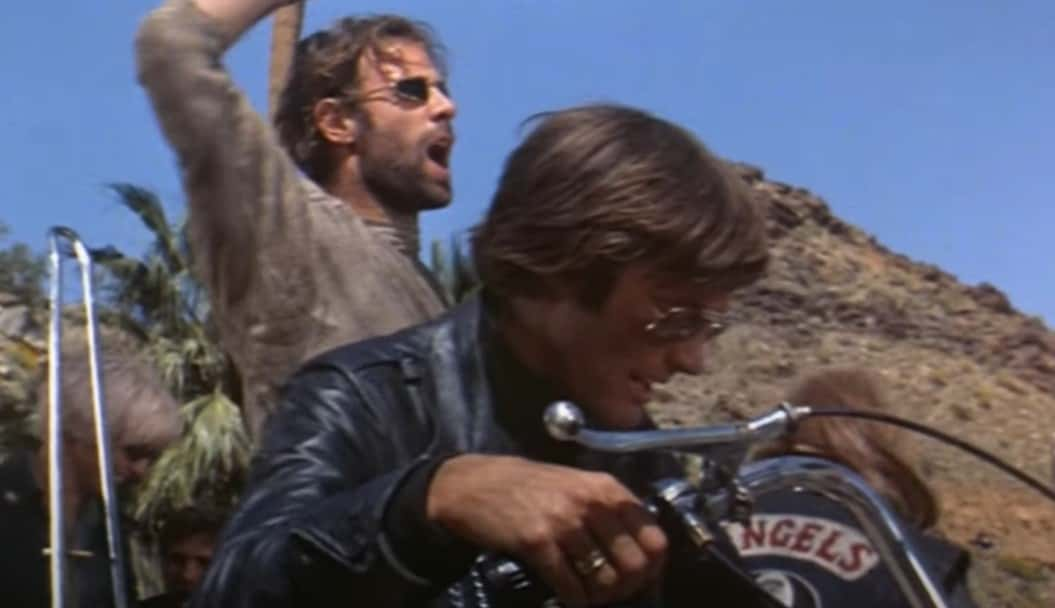 American International Pictures, The Wild Angels (1966)
American International Pictures, The Wild Angels (1966)
The Counterculture Connection
By the 1960s, the group was a fixture in San Francisco’s psychedelic scene. They rubbed elbows with the Grateful Dead, Allen Ginsberg, and Ken Kesey’s Merry Pranksters. They weren’t hippies—but they helped shape the decade’s edge.
Raising Protests
In 1973, they rolled into an Environmental Protection Agency hearing on motorcycles and air quality. The Angels may have been rebels, but they weren’t about to let anyone threaten their right to ride.
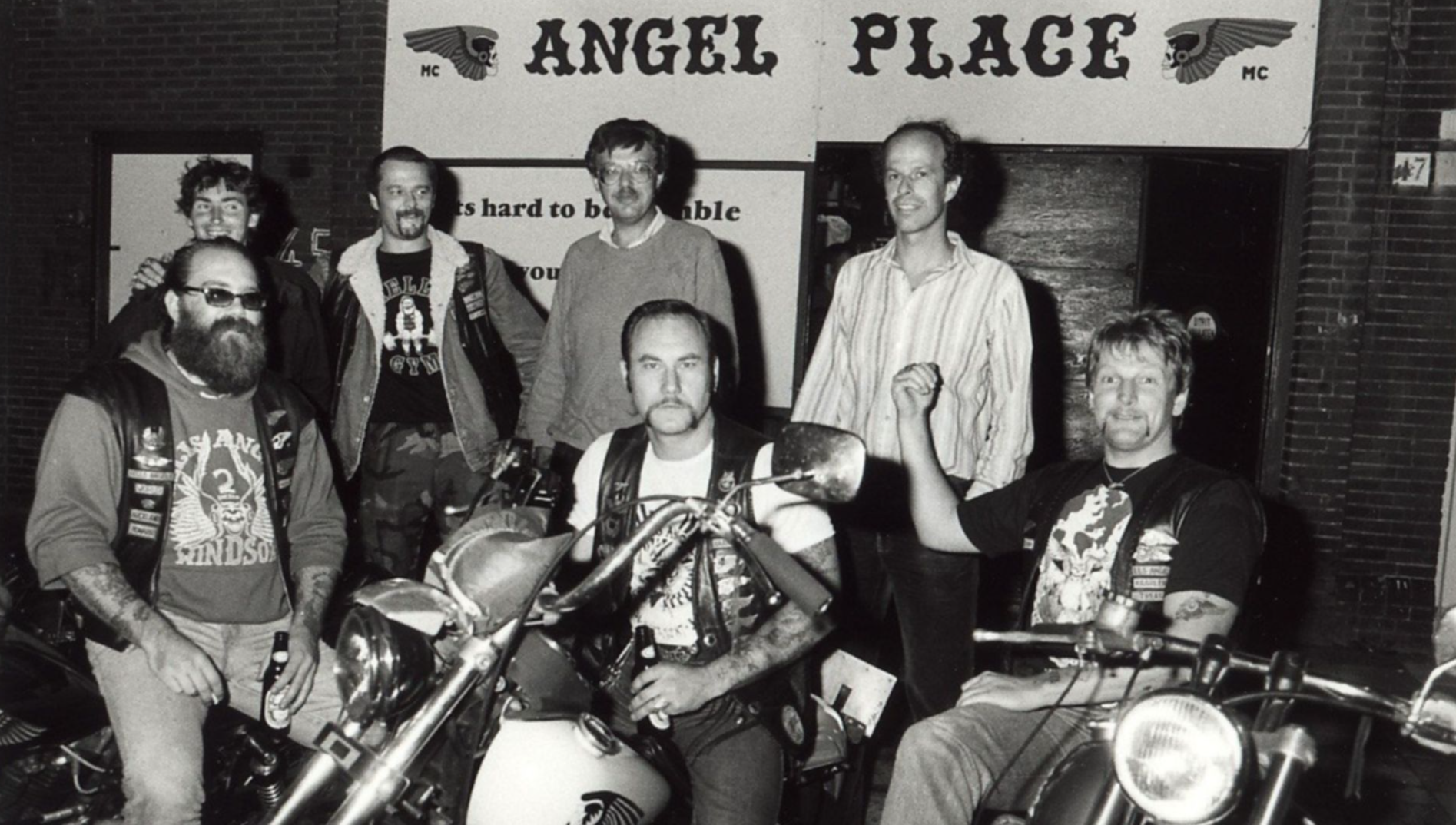 Fotopersbureau de Boer, Wikimedia Commons
Fotopersbureau de Boer, Wikimedia Commons
Built Like an Army
Each charter is run like a unit—with officers, structure, and rules. Presidents lead, treasurers collect dues, and “church” meetings keep the group aligned. Yet every chapter operates autonomously, ensuring the Angels remain fiercely decentralized.
 David Shankbone, Wikimedia Commons
David Shankbone, Wikimedia Commons
The Law Comes Knocking
Over time, law enforcement labeled the club an organized crime syndicate, citing cases of substance trafficking and physical danger. The Angels, for their part, insist they’re just motorcycle enthusiasts who party hard and ride harder. Truth, as usual, rides somewhere in between.
The Intellectual Property Wars
By 1966, the club was trademarking its name and logo, turning rebellion into a legally protected brand. Over the decades, they’ve sued movie studios, fashion houses, and even toy companies for using their imagery without permission. The message is clear: their symbols belong to them—no exceptions.
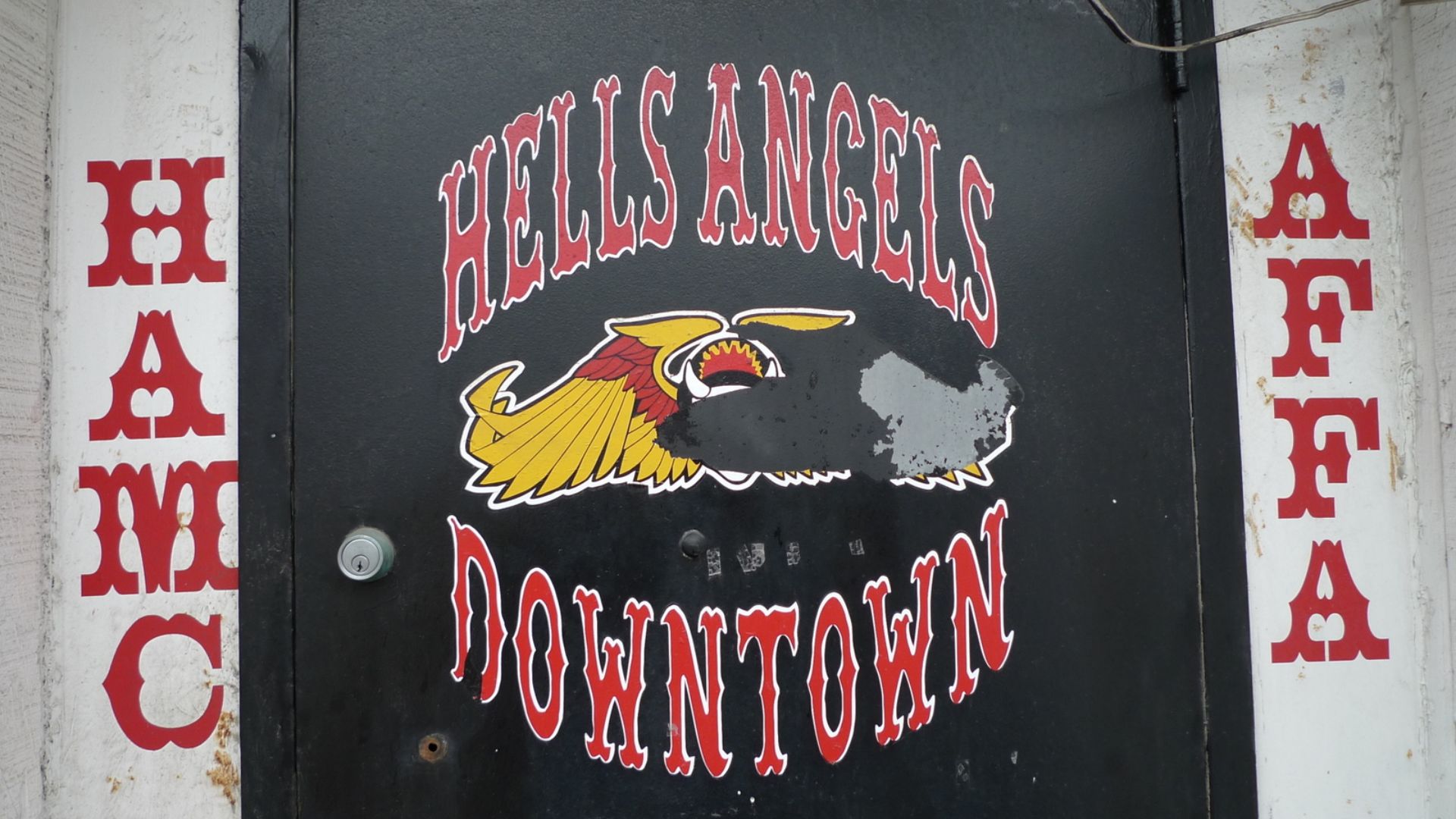 Chris Huggins from Toronto, ON, Canada, Wikimedia Commons
Chris Huggins from Toronto, ON, Canada, Wikimedia Commons
The Rules of the Road
Joining the club isn’t simple. A would-be member must own a motorcycle with at least 750cc of engine power, attend events, and earn trust over time. They start as “hang-arounds,” become “prospects,” and only after unanimous approval are they “patched in”. Even then, the patch remains club property.
Brotherhood Above All
The Angels’ motto—“Angels Forever, Forever Angels”—isn’t just inked on their jackets; it’s a binding oath. Once you’re in, you’re in for life. Loyalty isn’t suggested—it’s enforced.
A Complicated History With Race
Officially, the group isn’t technically exclusive about race. In practice, membership has skewed white, with founder Sonny Barger acknowledging the reality of divides in motorcycle culture. Still, exceptions have existed, proving that even outlaw traditions evolve—slowly.
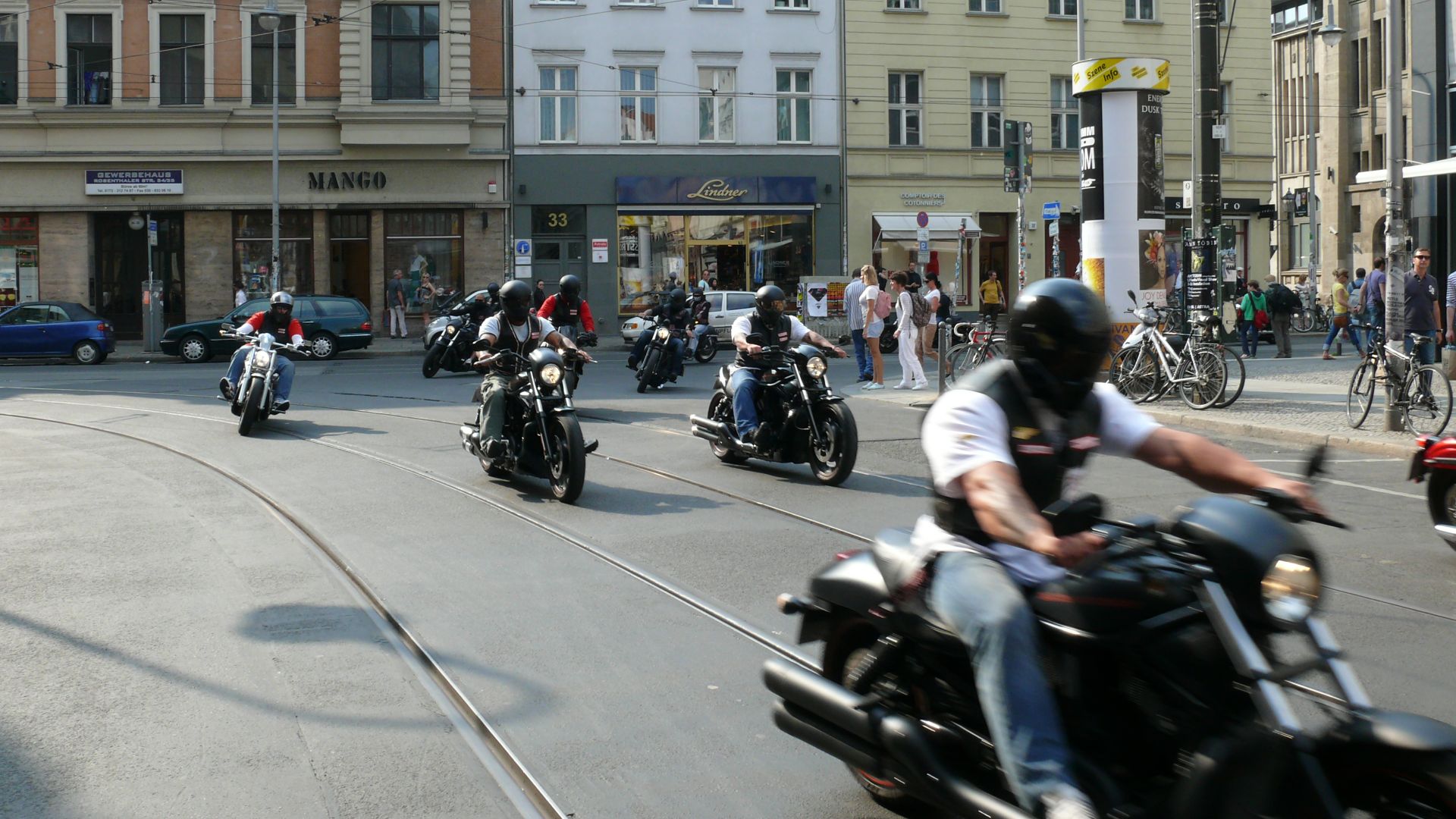 Fridolin freudenfett (Peter Kuley), Wikimedia Commons
Fridolin freudenfett (Peter Kuley), Wikimedia Commons
Women on the Sidelines
The club banned female members in 1964, though women still play roles within the Angels’ ecosystem as partners, supporters, and sometimes victims. The darker aspects of this culture have been documented—but like much in their world, outsiders see only fragments of the truth.
 Vincenzo Lombardo, Getty Images
Vincenzo Lombardo, Getty Images
Expansion Without Borders
From the US West Coast, the Angels spread worldwide. The first international charter opened in New Zealand in 1961, followed by rapid growth through Europe and Canada. Today, there are hundreds of charters across more than 60 countries.
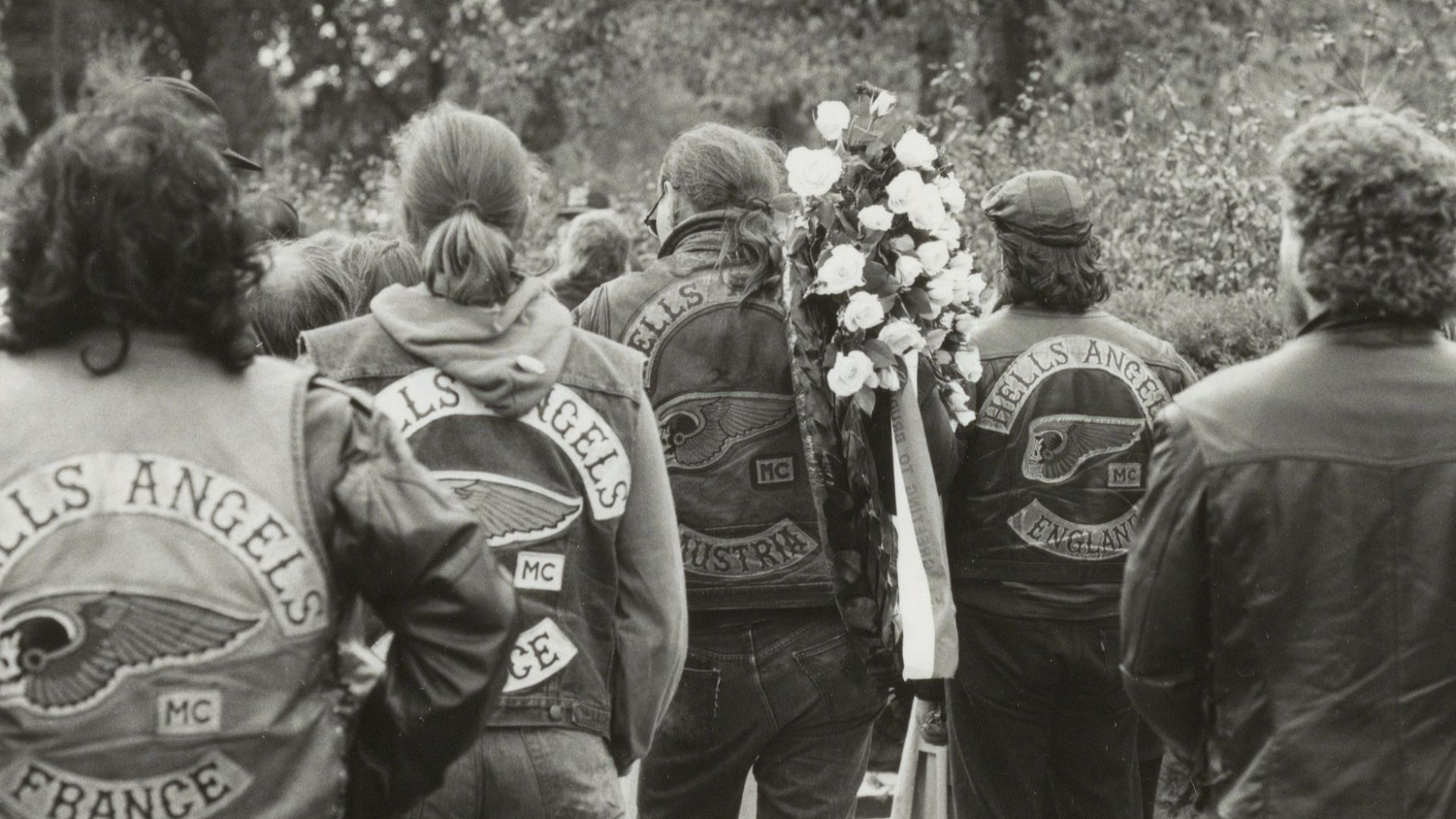 Poppe de Boer, Wikimedia Commons
Poppe de Boer, Wikimedia Commons
The Quebec Biker Wars
In the 1990s, the Canadian charters were embroiled in a bloody turf fight over markets. The situation left more than 160 ended and hundreds injured, cementing the Angels’ reputation as a force both feared and unyielding.
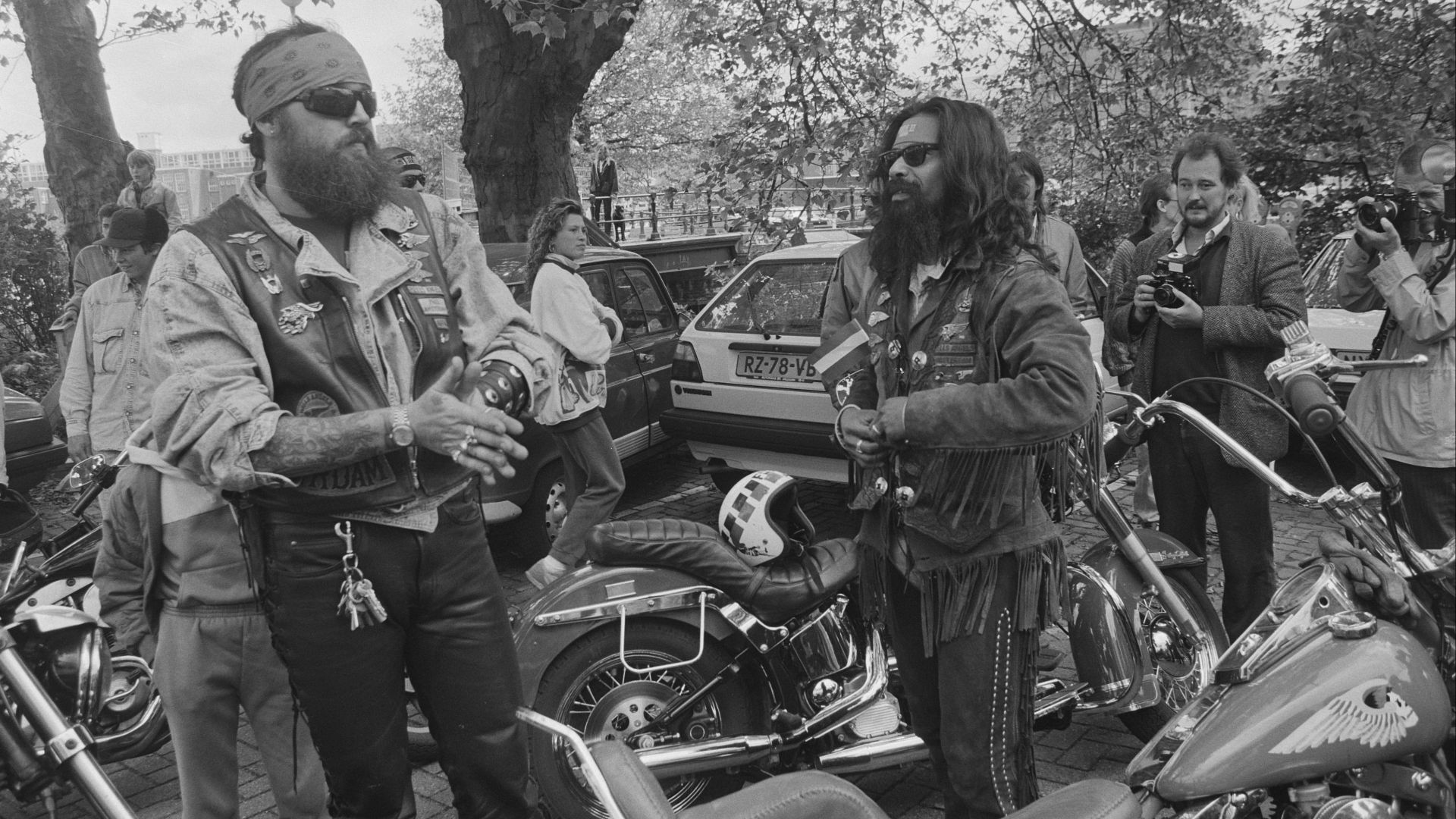 Bart Molendijk / Anefo, Wikimedia Commons
Bart Molendijk / Anefo, Wikimedia Commons
The Puppet Clubs
Support clubs like the Red Devils operate under the group's influence, serving as feeder organizations and enforcers. These “puppet” clubs help expand territory, handle local affairs, and maintain the outlaw hierarchy without drawing direct attention.
Bans, Battles, and Survival
Some nations have banned the club entirely. The Netherlands outlawed all the groups's activity in 2019, calling it a danger to public order. Yet even such bans haven’t broken the global network—they simply send the riders underground.
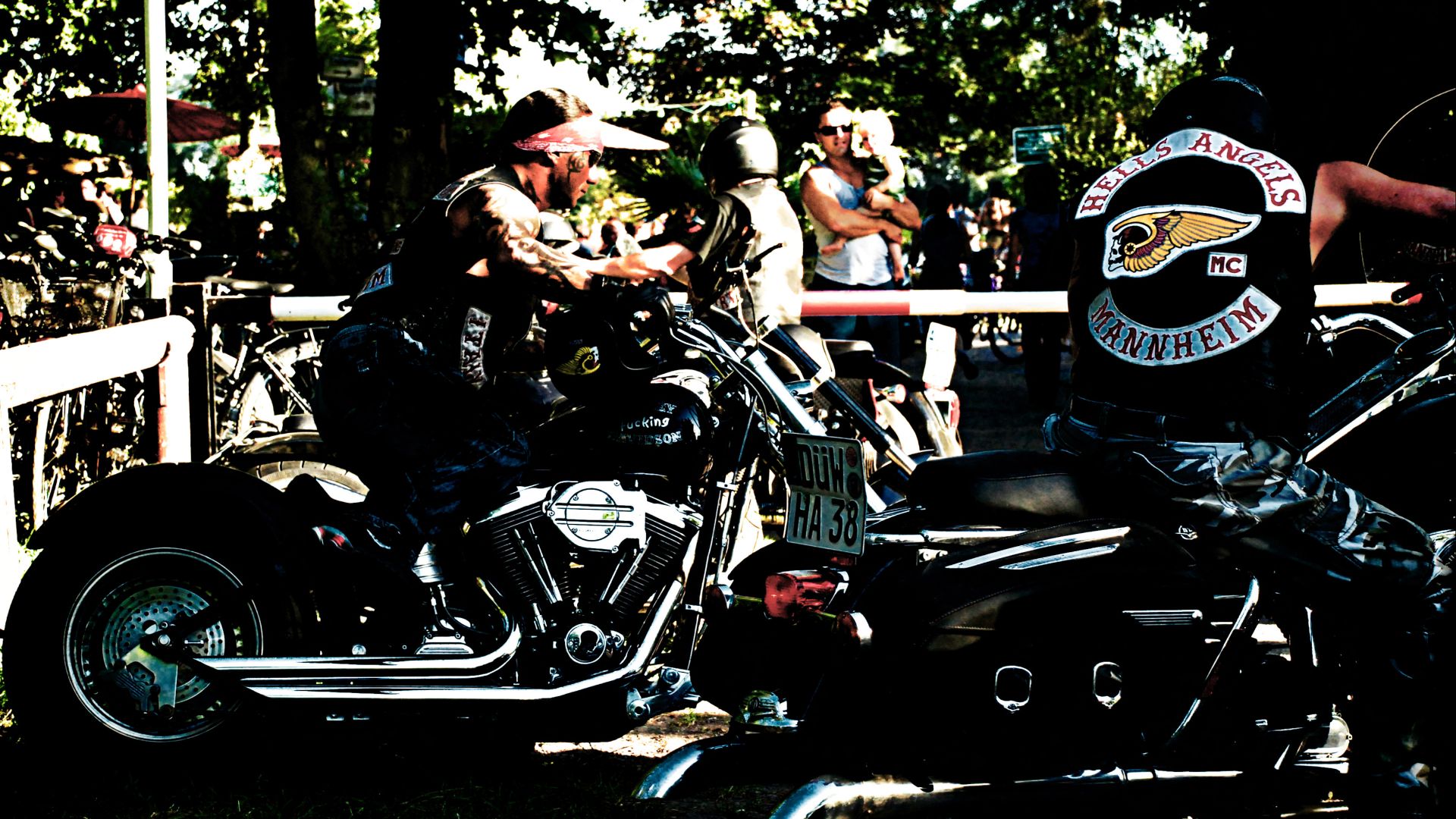 Alex Schmitt, Maxdorf (Pfalz), Deutschland, Wikimedia Commons
Alex Schmitt, Maxdorf (Pfalz), Deutschland, Wikimedia Commons
The Legacy of Chrome and Rebellion
For all the legends, arrests, and court cases, the Hells Angels endure as one of the most recognizable subcultures on Earth. Their motorcycles aren’t just transportation—they’re rolling statements of identity, loyalty, and defiance. Whether they’re seen as criminals or cultural icons, one truth remains: when the Angels ride, the world pays attention.
You May Also Like:
The Ultra-Rare Manual Transmission Supercars That Changed The Game
Three Great Cars For College Students
The Best Quick Guide To Buying Tires
Source: 1

